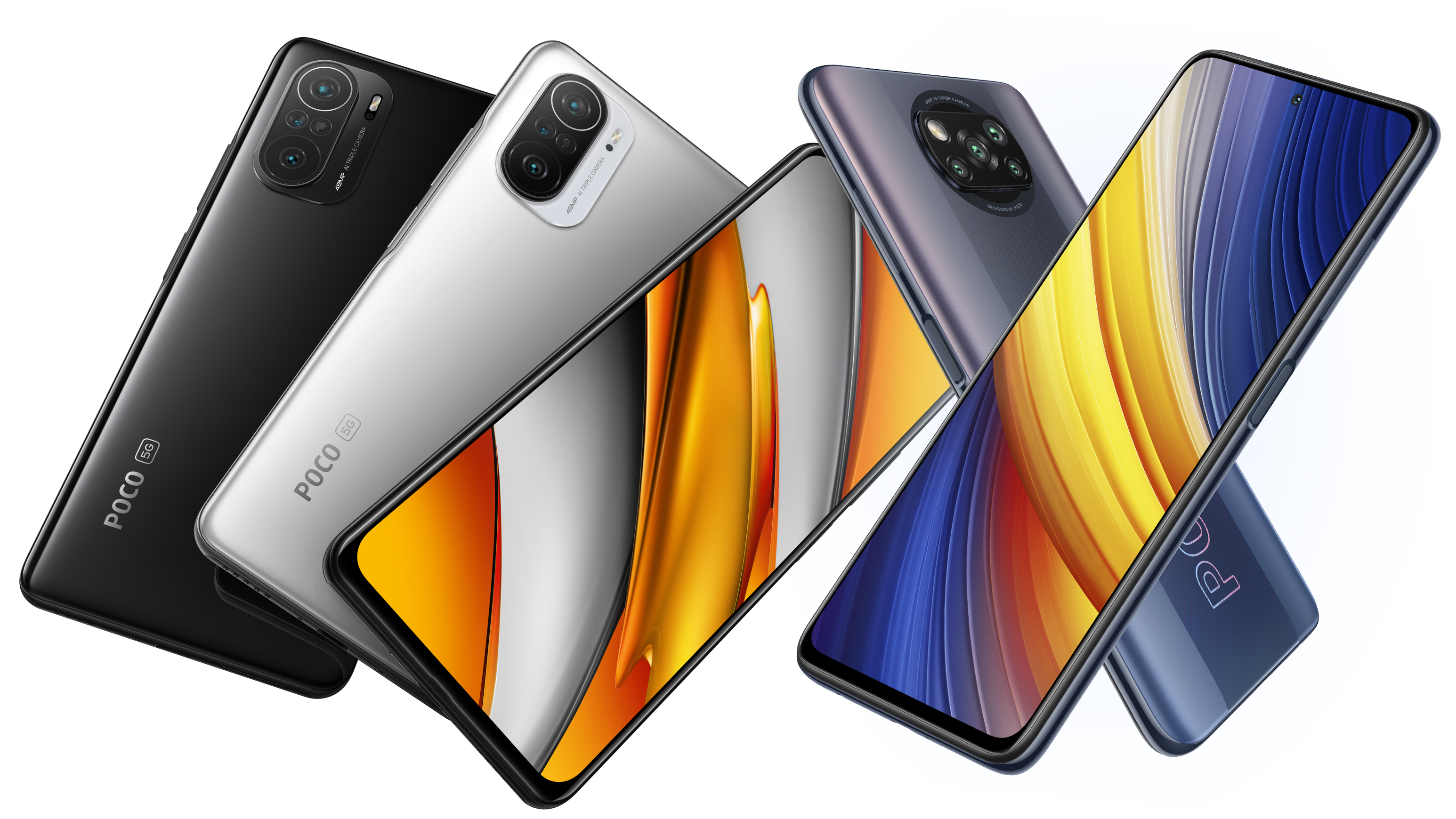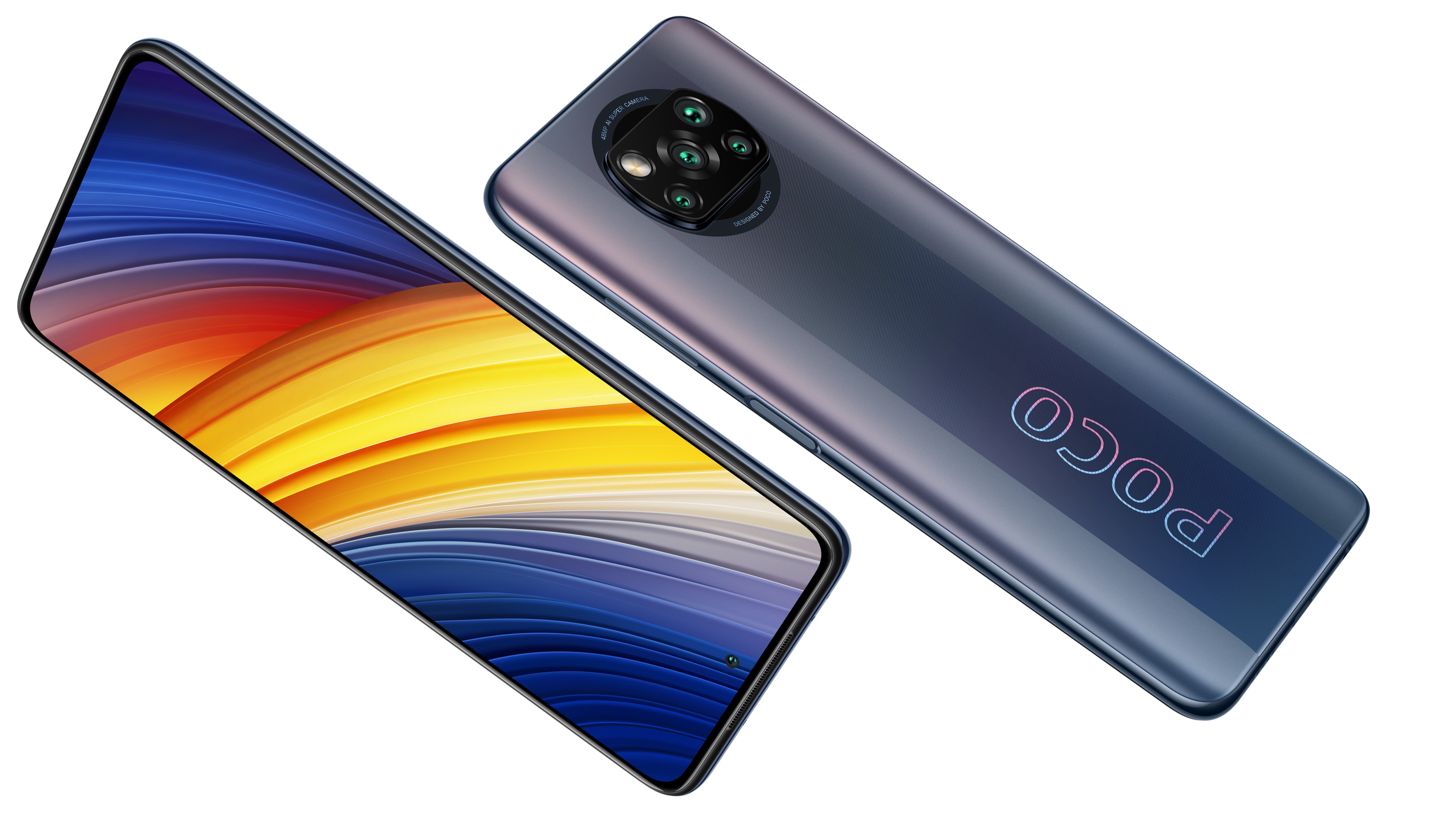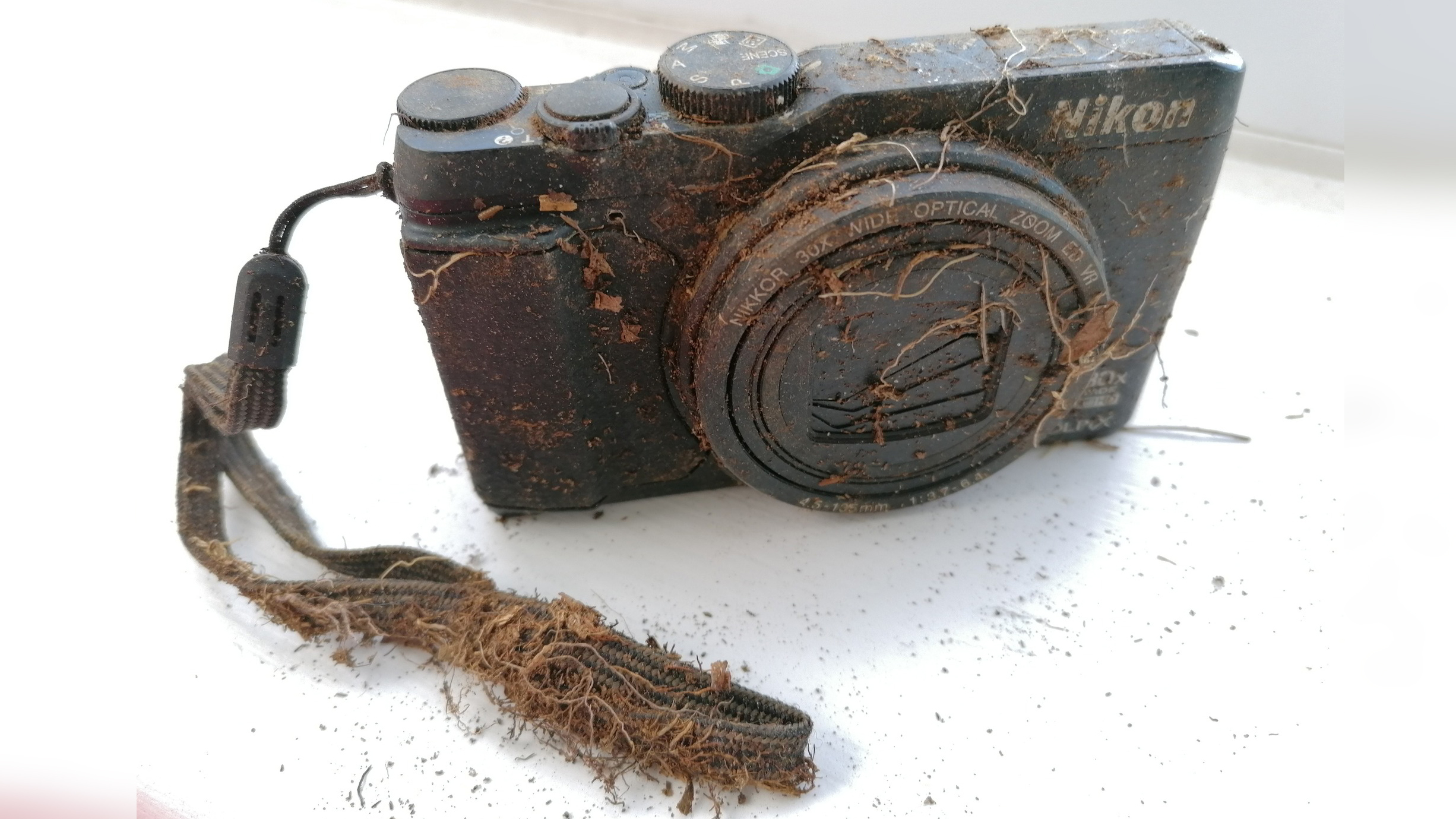Poco F3 and Poco X3 Pro deliver big on budget and flagship smartphone power
Xiaomi announces Poco F3 and Poco X3 Pro: low-cost, high-spec 48MP camera phones

Xiaomi has announced not one, but two low-cost smartphones to supplement its swelling portfolio of budget bangers — the Poco F3 and X3 Pro. The Poco line has always been a bit fun, playful and teen-focused, while still combining stellar specs with fantastic prices. Phones like the Poco X3 NFC have been riding high amongst our best budget camera phones for generations, along with other Xiaomi hits like the 108MP Redmi Note 10 Pro. The two new budget phones however aren’t quite so camera-focused, but instead ramp up the processing power to flagship-levels.
Poco F3

Starting with the Poco F3, this is the higher-specced of the two phones, and its screen is standout. Clocking in at 6.67 inches, it’s a large, AMOLED panel with a 2400 x 1080 resolution, matched with a 120Hz refresh rate. That makes it as smooth as the Galaxy S21 Ultra, and as high-resolution as the S21 Plus. Loaded up with delights like HDR10+ support, 1300-nit peak brightness, and a 5000000:1 contrast ratio, it appears to sport the same fantastic panel as the Redmi Note 10 Pro, only this time, matches it with 5G and a more premium glass back.
Available in Arctic White, Night Black, and Deep Ocean Blue, it’s got style, premium materials, and power. Inside, a new Snapdragon 870 chipset amps up the oomph to almost-flagship-grade graphics and speed, with either 6GB RAM/128GB storage, or 8GB RAM/256GB storage supported.
Loaded up with dual-speakers, a 4520mAh battery, a side-mounted fingerprint scanner, and a triple camera setup, consisting of a 48MP main camera, an 8MP ultra-wide and a 5MP macro camera, the F3 seems to be a beautifully premium mix of mid-range and high-end. Starting from £329, Xiaomi is clearly set on rewriting the rules for pricing smartphones, a trend that extends to the Poco X3 Pro.
Poco X3 Pro

With its lower price, the X3 Pro ditches the Poco F3’s AMOLED display in favor of an LCD panel. That said, it still retains the 120Hz refresh rate, and supports HDR10 content. Sporting similar styling to the original Poco X3, the phone’s front is shielded by Gorilla Glass 6, while the back panel is curved plastic, with a unique-looking, cropped circle camera surround. Available in Phantom Black, Frost Blue, and Metal Bronze, once again, Xiaomi gives you styling options, with all having a huge Poco logo vertically emblazoned across the back.
While the Poco F3 supports 5G, the X3 Pro doesn’t, with its 2020 flagship chipset, the Snapdragon 860. That said, it still packs virtually identical power, and that’s where the phone really betters its non-Pro predecessor, the original Poco X3. Its camera is also lower resolution than the 64MP main sensor on the original, clocking in at 48MP, and with an 8MP ultra-wide alongside, and a 2MP fixed-focus macro camera, matched with a depth sensor, it’s a familiar, comprehensive setup.
One area we can’t fault the X3 Pro is its battery capacity, with a huge 5160mAh cell, it should last for days, and as with the F3, Xiaomi has loaded up the Pro with 33W charging and MIUI 12 for Poco, laid atop Android 11.
Get the Digital Camera World Newsletter
The best camera deals, reviews, product advice, and unmissable photography news, direct to your inbox!
The X3 Pro will be available with 6GB RAM and 128GB Storage (£199, approximately $275), or 8GB RAM and 256GB storage (£249, approximately $345), and both the Poco F3 and Poco X3 Pro will be available from April in the UK through Amazon.
Read more:
• Best camera phone in 2021
• Best budget camera phones
• Best iPhone for photography
• Best burner phone
• Best 5G phone
• Best phablets
• Best flip phones
• Best phablets
Basil Kronfli is a freelance technology journalist, consultant, and content creator. He trained in graphic design and started his career at Canon Europe before moving into journalism. Basil is also experienced in video production, independently running the YouTube channel TechEdit, and during his time at Future, he worked alongside the Digital Camera World team as a senior video producer.

